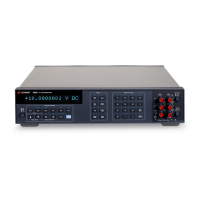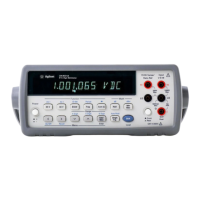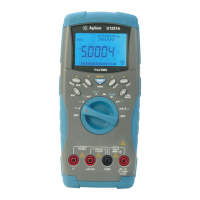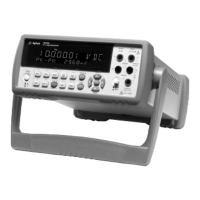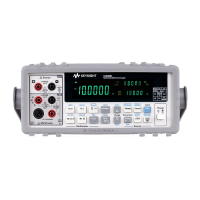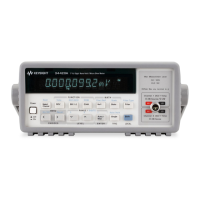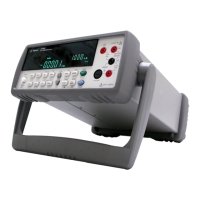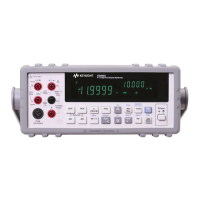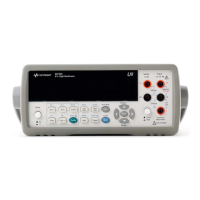Tunable Lasers How to Modulate a Signal
144 Agilent 8163A/B, 8164A/B & 8166A/B Mainframes, Sixth Edition
How to Use External Modulation
The following external modulation modes are available:
•<External Digital> - External Digital Modulation
•<External Analog> - External Analog Modulation
•<Wavel. Locking> - Wavelength Locking
•<Backplane> - External Digital Modulation using Input Trigger connector or
Trigger Feedback from another module in the same mainframe.
•<Coherence Ctrl.> - Coherence Control
External Digital Modulation
External digital modulation uses a TTL-level signal. Apply this signal to the
input BNC connector on the front panel of your Tunable Laser module.
Figure 76 External Digital Modulation
Figure 76 shows how a TTL-level input signal modulates the optical
output. Digital modulation sets the frequency of the output signal.
To set the amplitude of the output signal, set the power parameter. This is
the maximum output power of the output signal; at the minimum output
power, no power is output.
There are two BNC connectors on the front panel of the Agilent 81480B,
Agilent 81482B, Agilent 81672B, Agilent 81680B, Agilent 81682B,
Agilent 81640B and Agilent 81642B - a BNC input connector and a BNC
output connector.
There is one BNC connector on the front panel of the Agilent 81689A - a
BNC input connector.
An absolute maximum of ±6 V can be applied as an external voltage to any
BNC connector.
CAUTION
t
TTL-level Input Signal
Input
Voltage
Output
Power
Optical
t
Optical Output Signal
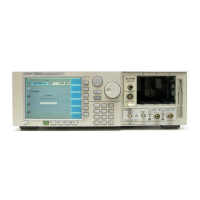
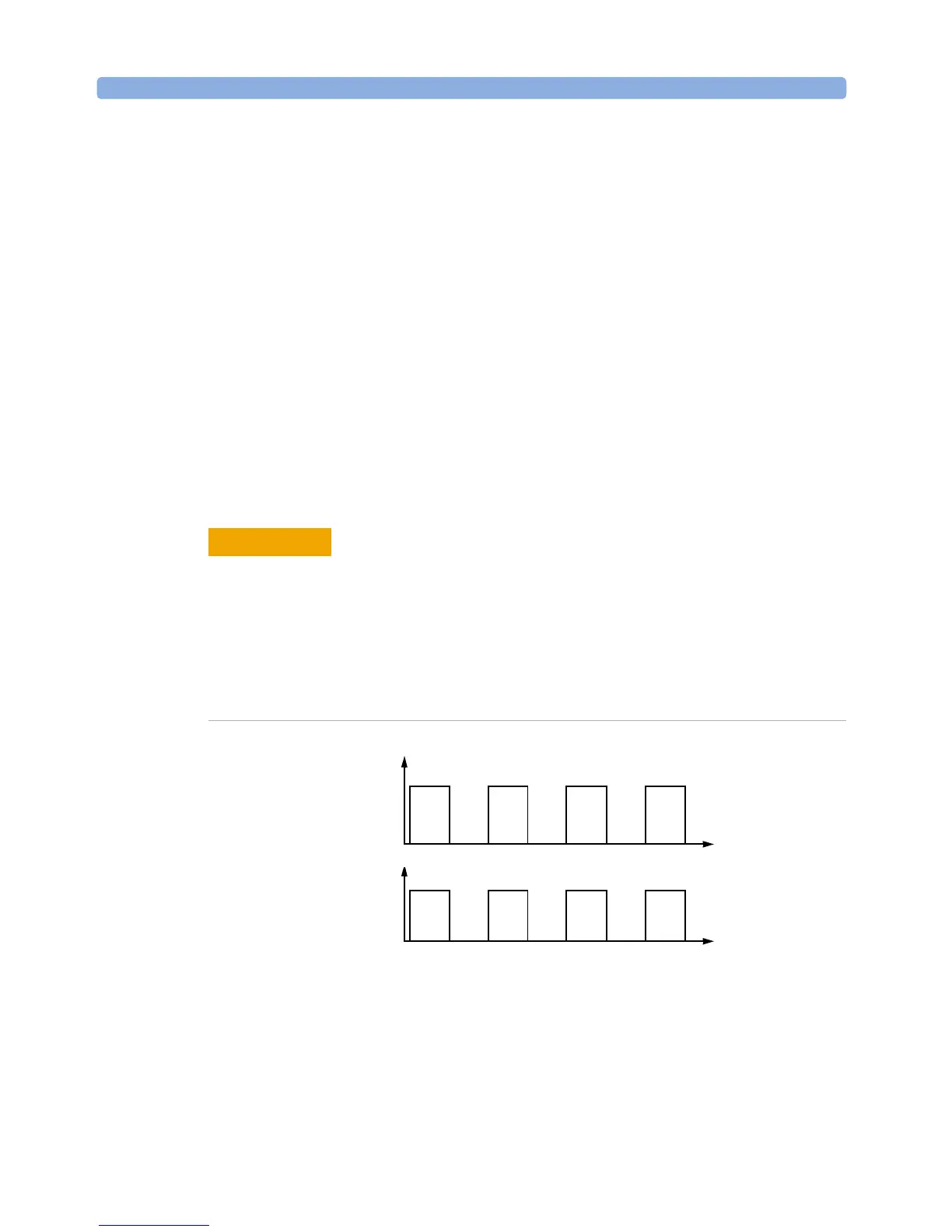